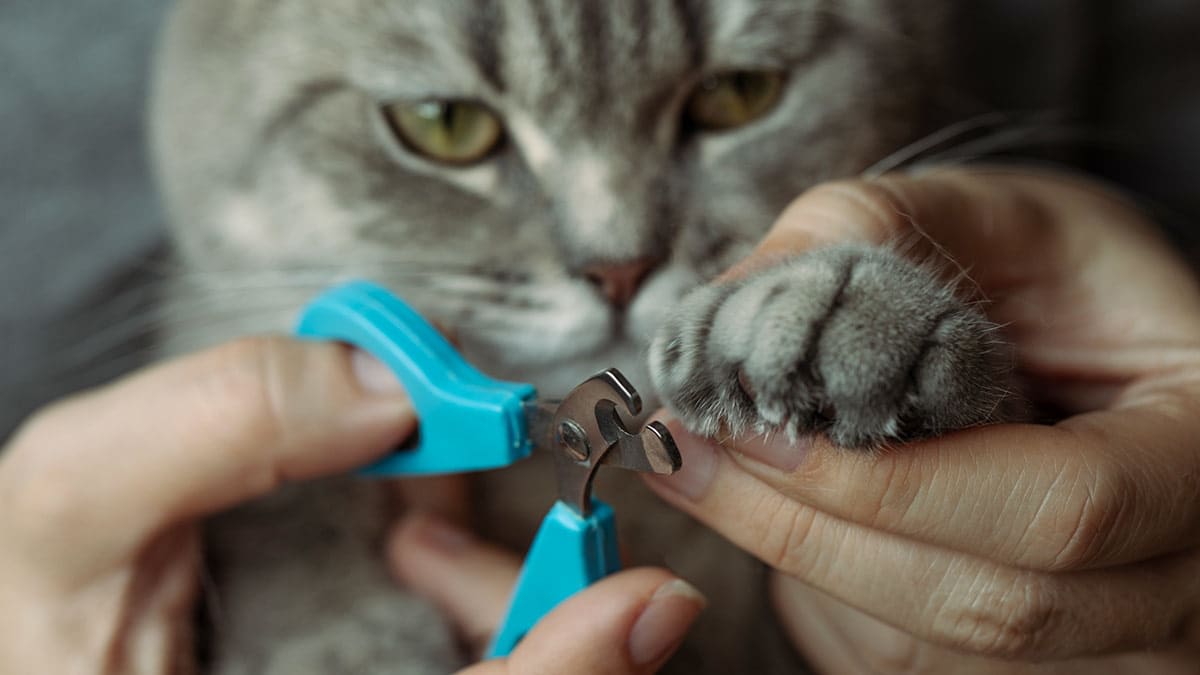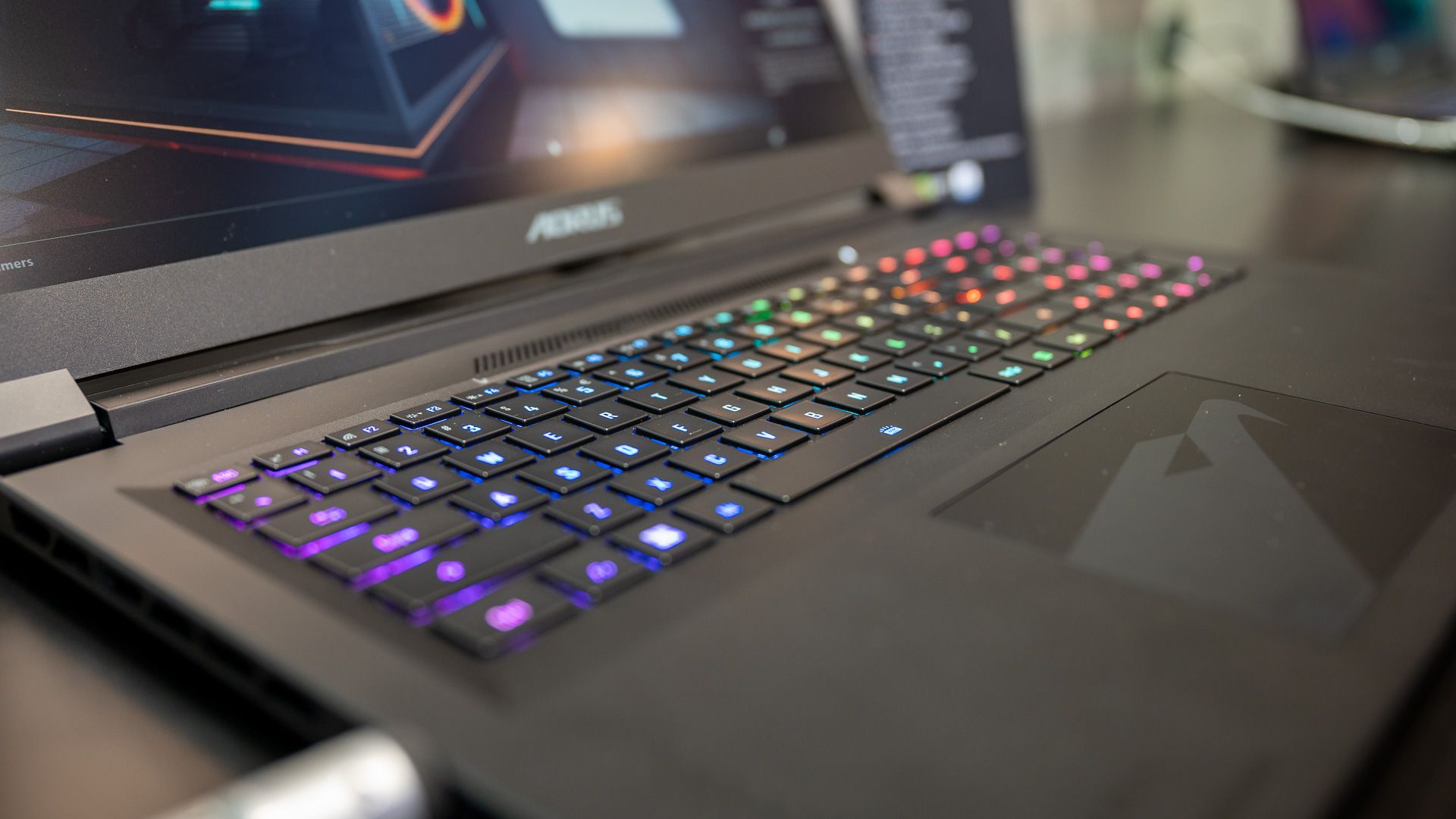Expert Tips for Clipping Your Cat’s Claws

Both Harris and Martinez agree: Preparation is key.
Start by getting your cat used to having their paws handled. Over time, gently press the pads to extend the claws and observe their reaction. Martinez suggests the “burrito wrap” technique—gently swaddling your cat in a towel to limit movement and prevent scratching. Martinez adds that using a domed E-collar and working quickly on a flat surface, such as a table, can help keep both you and the cat safe, just as vet techs do during nail trims.
When trimming, always use cat-specific scissor-style nail clippers. “Hold the paw, press the pad to extend the claws, and trim only the sharp tips,” says Martinez. “Avoid the pink area, or ‘quick,’ to prevent pain and bleeding.” Martinez recommends sharp, precision clippers like the Necoichi Purrcision clippers, noting that they cut cleanly without splitting the nail and are more comfortable for the cat. (CR has not tested these clippers.)
Harris recommends trimming in a confined space like a bathroom, with everything you need within reach. “Use your non-dominant hand to lift the paw and press the pad to expose the claws. Then trim with your dominant hand. Less is more–only trim what you can easily see for the front paws and take off the tip for the back paws,” she says.
If your cat shows signs of stress, such as panting, growling, or licking your hand, it’s best to stop and try again later.
While your cat may not seem grateful in the moment, a proper trim can improve their quality of life. Alleyne recommends regular trims, especially for older cats, to enhance mobility.
Source link











